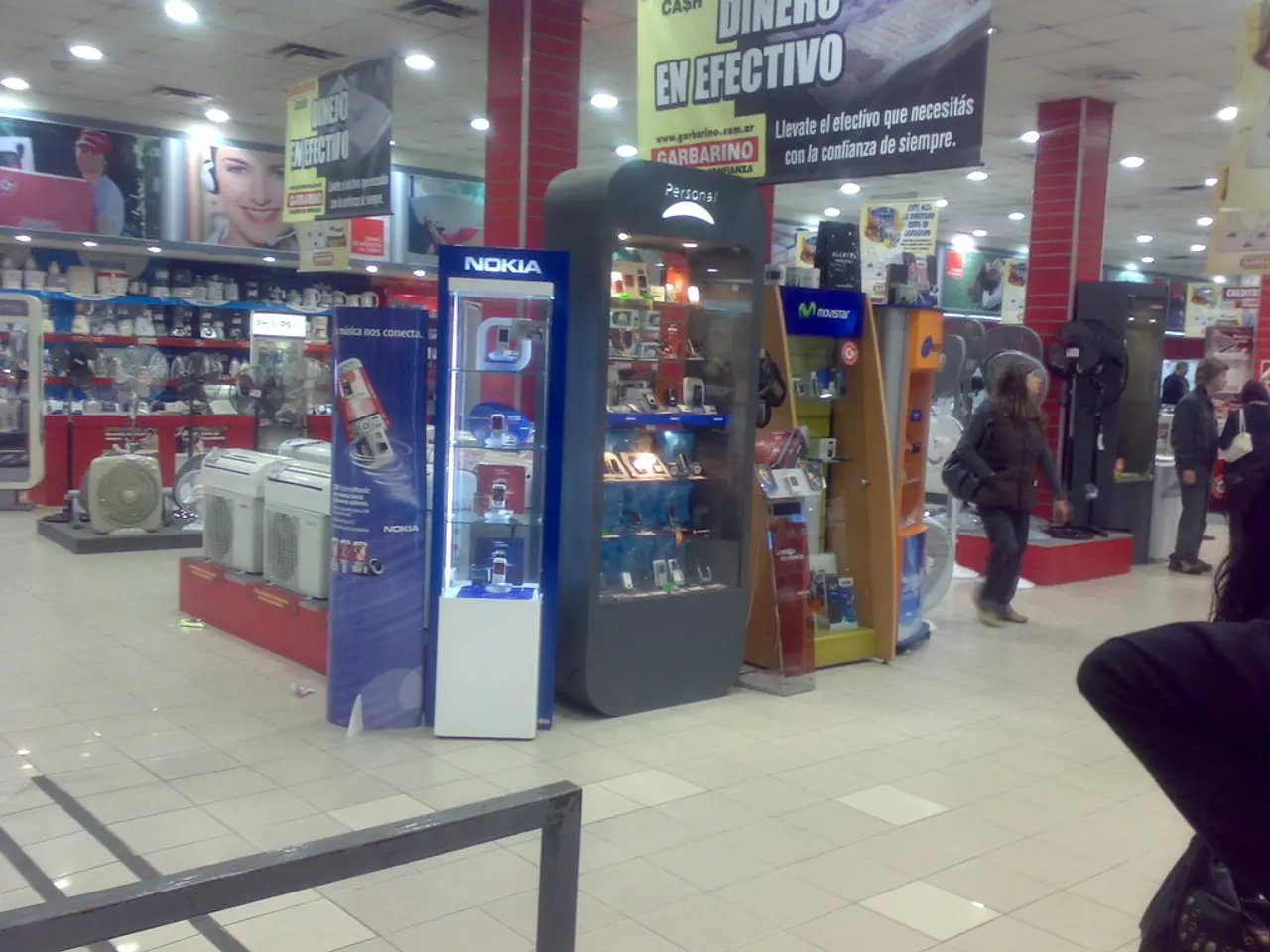Playing Nintendo Switch 2 in hot conditions may require air conditioning, as Nintendo advises against usage in temperatures exceeding 35 degrees Celsius (95F) due to overheating concerns.
Nintendo Switch 2 Overheating Issues: A Guide to Preventing Malfunctions
The Nintendo Switch 2, a popular gaming console, has received a major hardware upgrade from its predecessor, but it seems that the device may struggle to keep up with the demands of modern gaming, particularly in hot environments.
Many users have reported overheating issues with the Switch 2, especially in regions where temperatures exceed 35 degrees Celsius. This problem has been observed not only when playing AAA titles, but also while playing less demanding games like Splatoon or Pokémon.
To avoid overheating issues with the Nintendo Switch 2, it's essential to keep the console's usage temperature between 5°C and 35°C as recommended by Nintendo. Avoid playing the device outdoors or in direct sunlight when ambient temperatures exceed this range, especially above 35°C, to prevent overheating and potential malfunctions.
In addition to monitoring ambient temperature, ensuring proper ventilation is crucial. Keep the Switch 2 in a well-ventilated area with good airflow, avoiding enclosed spaces or placing it near heat sources. Regularly clean dust and debris from air vents and around the Joy-Con rails, as dust buildup can obstruct airflow and increase heat.
If the console becomes hot or if the cooling fan runs constantly, allow it to cool down by powering it off and placing it in a cool, shaded area for 20 to 30 minutes before resuming play. If docked, make sure there is sufficient clearance behind the dock (at least two finger-widths) to allow hot air to escape. Avoid cluttering the dock area with cables or heat-trapping objects, and consider vertical stands or cooling pads to improve airflow.
Some users have adopted external cooling accessories like USB-C cooling fans to help manage temperatures during intense use in warm environments. However, it's important to avoid extreme cold (below 5°C) as well, as it can damage internal components.
By following these guidelines—monitoring ambient temperature, ensuring ventilation, cleaning vents, and using cooling accessories if needed—you can effectively reduce the risk of the Nintendo Switch 2 overheating and ensure stable performance even in hot environments.
For those interested in staying updated on the latest news and reviews in the technology industry, consider following Tom's Hardware on Google News or subscribing to their newsletter to receive their best news and in-depth reviews straight to your inbox.
[1] Tom's Hardware. (2025). Nintendo Switch 2 Overheating: What You Need to Know. [Online]. Available: https://www.tomshardware.com/news/nintendo-switch-2-overheating-what-you-need-to-know
[2] Nintendo. (2025). Nintendo Switch 2: Tips for Maintaining Your Console. [Online]. Available: https://www.nintendo.com/switch/support/tips/
[3] Nintendo. (2025). Nintendo Switch 2 User Manual. [Online]. Available: https://www.nintendo.com/content/nintendo-switch-2-user-manual/en_GB.pdf
[4] Nintendo. (2025). Nintendo Switch Dock Set-up Guide. [Online]. Available: https://www.nintendo.com/switch/dock/setup/
To prevent potential malfunctions with the Nintendo Switch 2, consider using technology like smartphones or gadgets to monitor ambient temperatures, ensuring they stay within the recommended range of 5°C to 35°C while playing. It's also recommended to keep the Switch 2 away from heat sources and in well-ventilated areas with good airflow, as poor ventilation can contribute to overheating issues.




